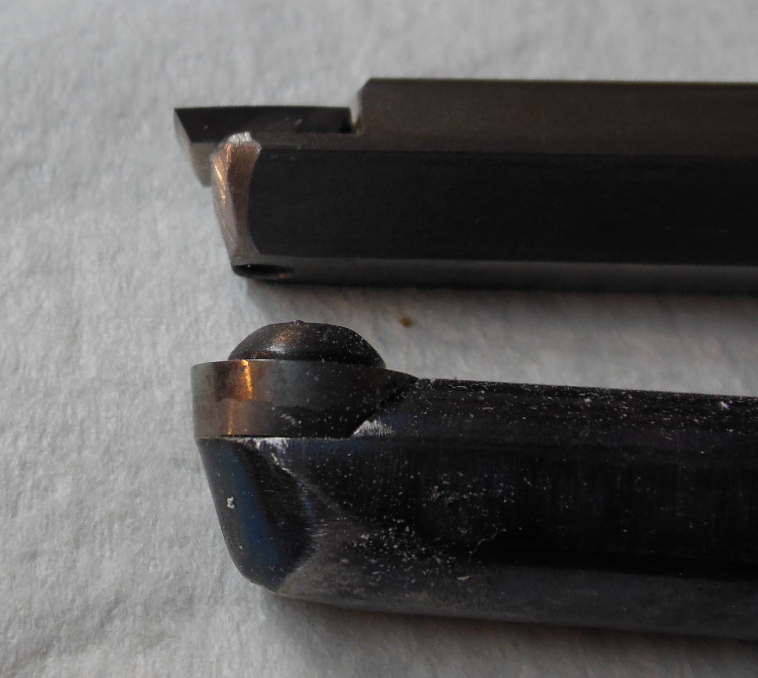Dustman
Member
I am about to turn a 7/8's tru-stone blank for a Majestic pen as a gift. I have never turned Tru-Stone and would like advice on spindle speed and cutter. I have regular square carbide PSI cutters and a negative rake cutter from PSI. As you probably know, they don't offer much advice for anything they sell.
And, I've been making pens off and on for about a year, mostly as gifts. For the most part they have turned out pretty well but I haven't been able to find anything I would consider reliable about spindle speed. Is there a real difference between wood and acrylic? Tru-Stone? The largest blank I have turned has been one inch but most have been 5/8ths and 3/4ths. Thank you in advance for your advice.
And, I've been making pens off and on for about a year, mostly as gifts. For the most part they have turned out pretty well but I haven't been able to find anything I would consider reliable about spindle speed. Is there a real difference between wood and acrylic? Tru-Stone? The largest blank I have turned has been one inch but most have been 5/8ths and 3/4ths. Thank you in advance for your advice.

